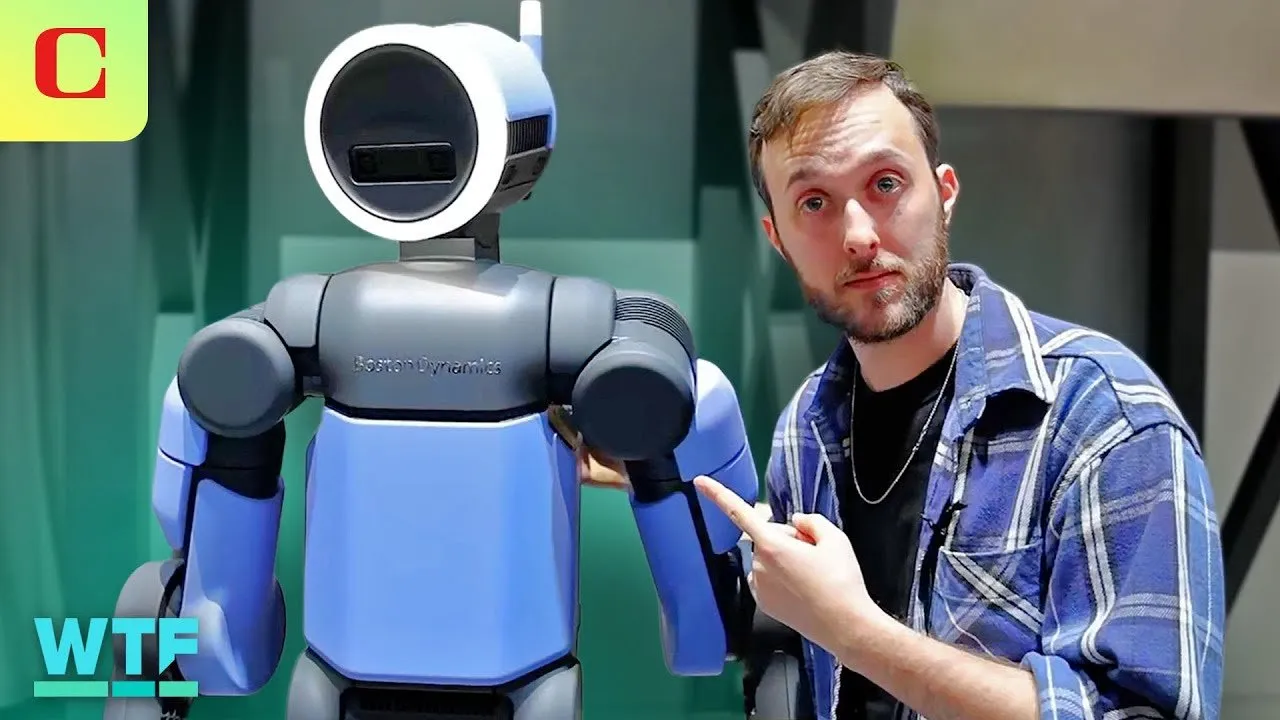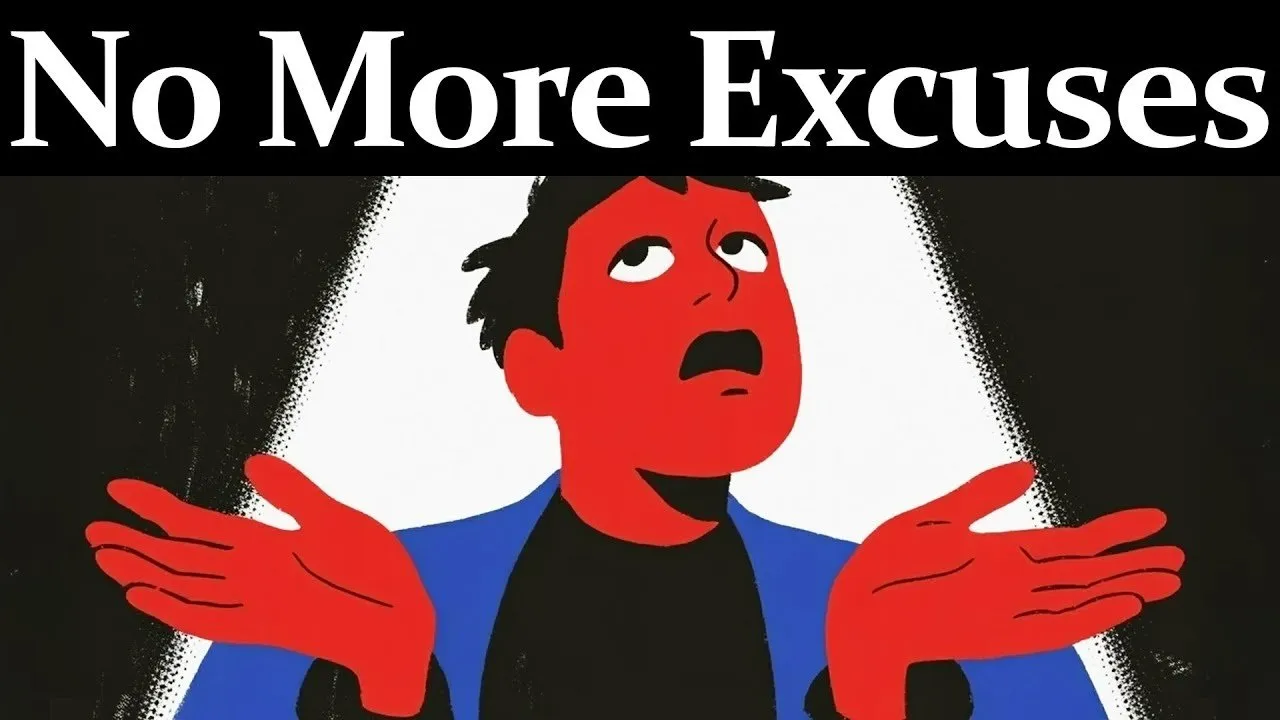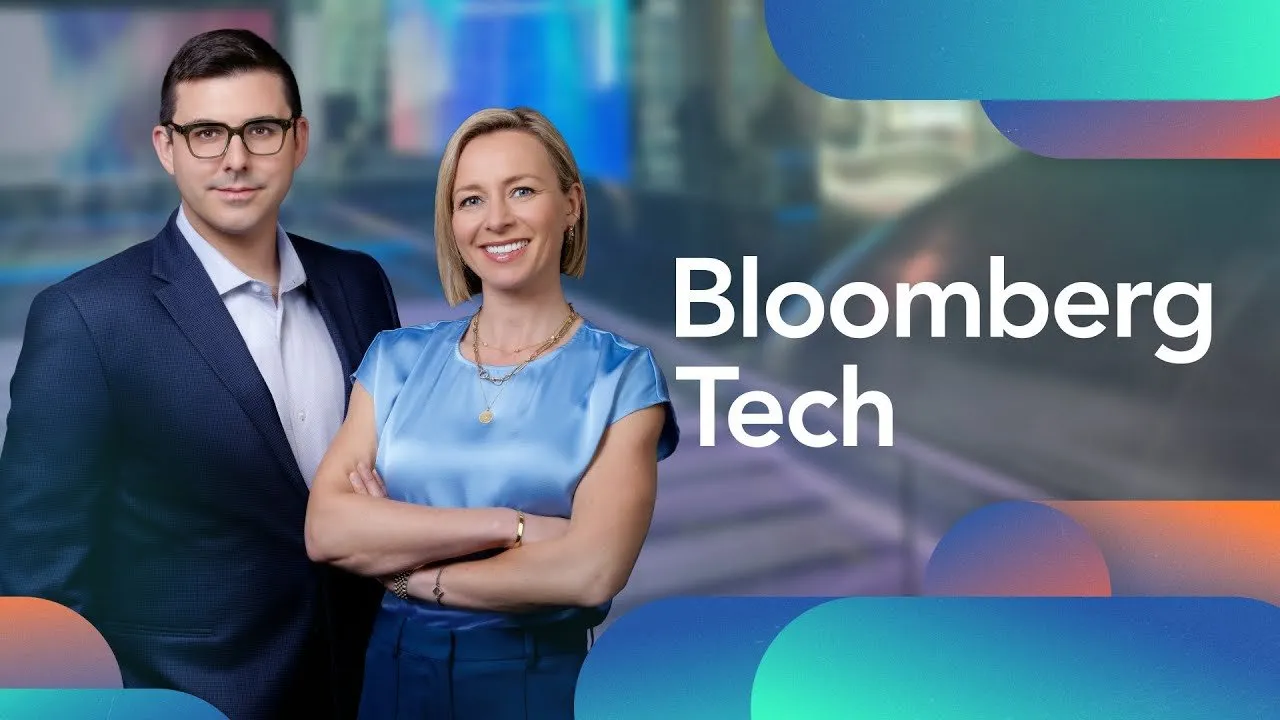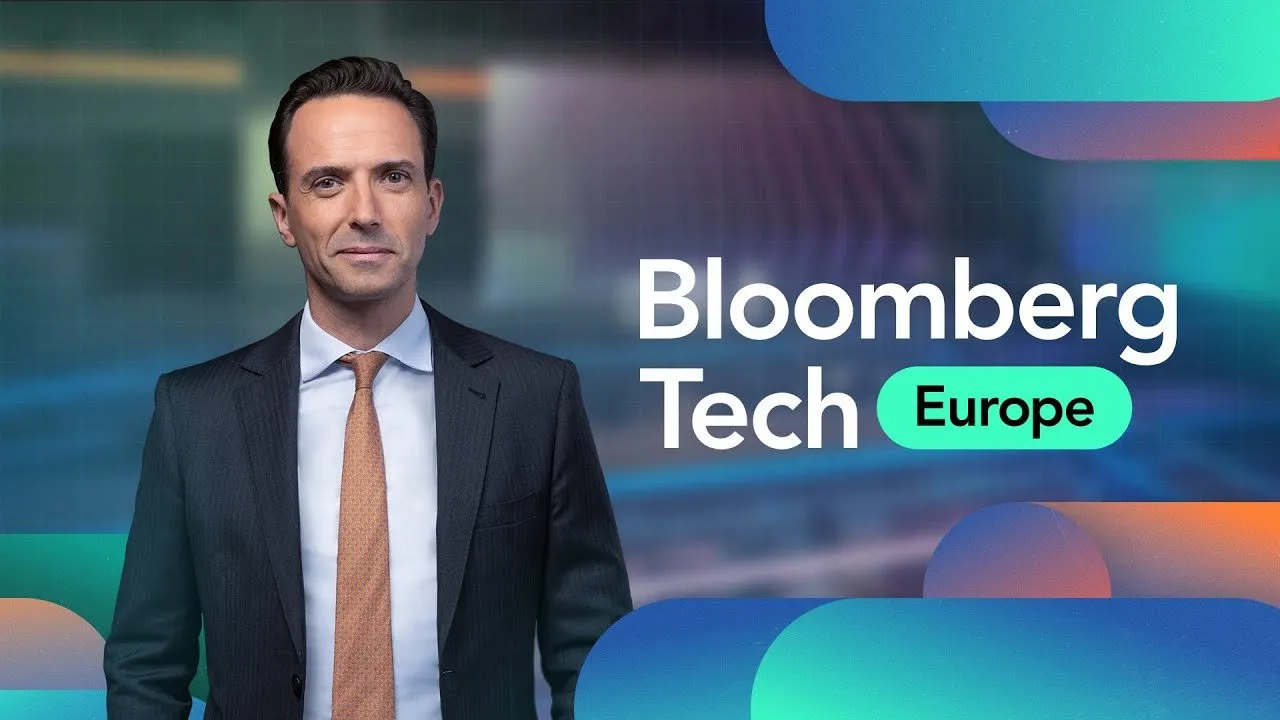Table of Contents
Jeff Wilke, Amazon's former Worldwide Consumer CEO who oversaw one million employees, explains how exponential innovations like Prime emerged from daily incremental progress, the grit required to survive holiday chaos, and why manufacturing mental models transformed e-commerce operations.
Jeff Wilke spent 22 years building Amazon's consumer empire from $1 billion to hundreds of billions in revenue, leading a million-person team through countless "gnarly" holiday seasons and transformational innovations like Prime delivery.
Key Takeaways
- Exponential growth feels linear when you're living it daily—humans struggle to detect exponential curves until reaching the "knee" where compounding becomes obvious
- Amazon's early holidays required sending all 600 headquarters employees to pack boxes in warehouses, creating a culture of understanding frontline operations
- Flow state in leadership means building sophisticated mental models that allow rapid decision-making while staying alert to team dynamics and emerging problems
- The "gamble walk" principle from Toyota—executives physically walking shop floors with workers—prevented ivory tower isolation at massive scale
- Prime's success came from focusing on input metrics rather than output results, trusting that excellent inputs would compound into breakthrough customer experiences
- Identifying grit in others resembles scouting athletic talent—you recognize an essence of resilience and learning ability under pressure rather than following written rubrics
- Amazon's leadership principles emerged from collaborative effort but required constant vigilance against bureaucratic dilution and flowery interpretations
- Mental model refinement involves treating business challenges like debugging code—detecting differences between expected and actual performance, then systematically correcting errors
Timeline Overview
- 00:00–02:36 — Introduction and Grit Philosophy: Personal injury recovery, 22 years at Amazon growth, defining grit as sustained adversity tolerance rather than short-term toughness
- 02:36–08:32 — Flow State Leadership Challenges: Balancing individual flow with team awareness, monitoring room dynamics while maintaining decision speed, fast vs slow thinking in complex environments
- 08:32–14:03 — Mental Model Evolution: Manufacturing frameworks applied to fulfillment centers, batch processing problems, continuous flow solutions, debugging business operations like software code
- 14:03–18:48 — Shop Floor Leadership: Gamble walks with Bezos, headquarters employees packing boxes, preventing ivory tower isolation, learning from frontline operations during holiday chaos
- 18:48–23:16 — Holiday Operations Management: Distinguishing "gnarly" chaos from controlled intensity, identifying bottlenecks, managing choke points, the difference between pressure and panic
- 23:16–27:16 — Identifying Grit in Teams: Recognizing essence rather than rubrics, team sports analogies, moving high-grit people to struggling operations, building mental models of archetypal performers
- 27:16–30:48 — Reflection and Learning Processes: Post-mortems, natural habit building, Sunday morning personal reflection time, David Risher's daily diary practice, preventing Crucible addiction
- 30:48–34:48 — Christmas 2000 Crisis: Standing ovation for promising no headquarters help, Thanksgiving night call to Bezos, 600 people on emergency flights, casino hotel complications
- 34:48–38:27 — The Duplicate Order Bug: Best software engineer's single-line mistake, 50,000 duplicate shipments, Thanksgiving day debugging session, customer-first damage control philosophy
- 38:27–43:36 — Prime's Incremental Revolution: Five-year compounding process, input vs output focus, exponential curve knee detection problems, "entitlement" thinking for perfect operations
- 43:36–48:30 — Prime Video Leadership Transfer: Recognizing personal limitations in creative content, Jeff Blackburn transition, studio building vs algorithm optimization, self-awareness in delegation
- 48:30–52:34 — Million-Person Organization Management: Cadence creation, periodic reviews, internal entrepreneurship, working backwards methodology, VC-style resource allocation for innovation
- 52:34–56:15 — Amazon Leadership Principles Creation: Rick Dalzell collaboration, West Point influence, Bezos weekend rewrite, fighting bureaucratic dilution, real examples vs abstract summaries
- 56:15–60:21 — Whole Foods Acquisition Strategy: John Mackey's independence preference, activist investor pressure, dinner party trust-building, Lisa Wilke's tattoos influence, grocery category complexity
- 60:21–67:26 — Fashion Business Development: Pittsburgh guy building fashion, Met Gala sponsorship, Tim Tebow playoff encounter, Shopbop acquisition, brand relationship building
- 67:26–70:31 — The Great Kindle Homepage Battle: December holiday conflict with Bezos, email escalation, office confrontation, "disagree and commit" philosophy, assistant shock
- 70:31–73:20 — Working with Bezos Effectively: Don't guess under pressure, ask for help early, involve him in invention processes, operator creativity requirements, mentorship dynamics
- 73:20–78:51 — Leaving Amazon and New Chapter: January 2020 departure decision, emotional brother-like farewell, Bezos surprise retirement announcement, manufacturing passion revival
- 78:51–84:11 — Re:Build Manufacturing Mission: Pittsburgh steel industry impact, Bill Bowls productivity book influence, Leaders for Manufacturing program, hollowing out American capability concerns
- 84:11–84:32 — Grit Definition: Powering through adversity over long periods, 1970s Pittsburgh Steelers four Super Bowl wins as ultimate grit example
From Flow State to Million-Person Leadership: The Mental Model Evolution
Jeff Wilke's journey at Amazon began with a critical insight that would reshape e-commerce operations forever. Walking into his first holiday season in 1999, he witnessed the painful mismatch between warehousing tools designed for pallets and cases versus the direct-to-consumer reality Amazon was creating. His manufacturing background provided the missing mental model.
"I walked in with a mental model because I spent time in grad school studying manufacturing, worked for six years at Allied Signal in manufacturing jobs," Wilke explains. "The more I watched, the more I was like actually I have a mental model that is going to work—how you build an assembly plant where you're moving things from parts to assemble a final thing, and the thing would be an order for a customer."
This wasn't just theoretical knowledge transfer. Wilke spent months refining his assembly plant mental model to fit Amazon's unique environment. They didn't bend metal or have paint shops, but the flow of material and interaction between machines and people followed similar principles. The key breakthrough came from eliminating batch processing in favor of continuous flow—working on one order at a time rather than large batches that inevitably created completion bottlenecks.
Flow state in leadership, Wilke discovered, requires a delicate balance. Engineers, scientists, and musicians can achieve pure flow by going deep into their heads, but leaders must maintain constant awareness of team dynamics. "Your job is to pay attention to other people. You have to allow yourself to be interrupted and then try to get back into that flow state, otherwise you might miss things happening around you."
The challenge intensifies when leading at massive scale. Wilke developed sophisticated abilities to read conference rooms, watching "just a few pixels of each person" on video calls to detect concerns from team members who knew subjects deeply but weren't speaking up. This meta-skill—maintaining flow while monitoring others—became essential for navigating Amazon's explosive growth.
The Gamble Walk Philosophy: Preventing Ivory Tower Isolation
Amazon's culture of hands-on leadership emerged from necessity during the company's early years. When Wilke joined in September 1999, the company sent everyone—including software engineers and executives—to fulfillment centers during holiday rushes. "My wife and I were down at the Seattle fulfillment center. Jeff and his wife were there right next to us, picking books and packing them," Wilke recalls.
This wasn't symbolic leadership theater. The gamble walk principle, borrowed from Toyota's production system, required executives to physically experience frontline operations alongside workers. Wilke and Bezos institutionalized this practice, dedicating one week annually to visiting as many facilities as possible across multiple continents.
One memorable example occurred in Campbellsville, Kentucky, where they encountered a folding chair with drink holders and sun shields on sale. The chair folded compact but didn't fit any standard shipping boxes, requiring use of dramatically oversized packaging. "We asked, 'Is there any way we can just make boxes?' and they're like, 'Yeah, we have cardboard for that purpose.' So he and I made dozens of these boxes to get the box to be smaller."
The hourly operators immediately chimed in: "Yeah, we see a lot of that kind of stuff, and it's really stupid." These moments revealed systemic inefficiencies that executive dashboards couldn't capture. The gamble walk created direct feedback loops between strategic decision-makers and operational reality, preventing the insulation that typically plagues large organizations.
Wilke emphasizes this principle applies across industries with plant-based operations—manufacturing, fulfillment, delivery, resorts, hospitals. "Understanding what people who are doing the work are experiencing, what does it feel like to be in their shoes, is incredibly important to these leadership jobs."
Holiday Chaos: The Difference Between Gnarly and Intense
Amazon's early holiday seasons tested organizational grit in ways few companies experience. Wilke distinguishes between two types of operational pressure: "gnarly" chaos where bottlenecks remain unknown and "intense but under control" where chokepoints are identified and managed.
"Gnarly is like I don't know where the bottleneck is and it's going to show itself to me and I might not have the resources to get past it," Wilke explains. "Intense but under control is I've decided where I want the bottleneck to be, I'm monitoring that thing, and if we get close to consuming all capacity, I relieve it in ways that take care of customers."
The 1999 and 2000 holiday seasons exemplified gnarly operations. Amazon hadn't yet transitioned from batch processing to continuous flow using lean manufacturing principles. The company achieved its first quarterly profit in holiday 2001, coinciding with operational stability breakthrough.
Christmas 2000 represents Wilke's lowest professional point. After giving a standing ovation-worthy presentation promising no headquarters staff would need to support fulfillment centers, he found himself calling Bezos on Thanksgiving night to request exactly that. "This is the worst phone call of my professional career because I'm going to ask you for something I promised you I wouldn't ask for, but we're not going to make it through the holiday without emptying headquarters."
Bezos's response demonstrated exceptional leadership under pressure. No recriminations or blame—just immediate problem-solving focus. Within an hour they had a plan, and within a day and a half, all 600 headquarters employees were on airplanes to Nevada and Kentucky fulfillment centers.
The casino hotel accommodations in Reno created unexpected complications when night-shift workers discovered blackjack tables after 7 AM shift changes. But the experience also generated lasting bonds—multiple marriages resulted from employees meeting while wrapping gifts together during those crisis weeks.
Identifying Grit: The Essence Beyond Rubrics
When asked how he identifies grit in potential team members, Wilke admits he lacks written rubrics. Instead, he relies on pattern recognition developed through years of observing performance under pressure. "It's like an essence," he explains, comparing it to athletic team selection where coaches develop mental models of archetypal position players.
Wilke's definition of grit includes crucial temporal dimension: "The ability to power through adversity, and I would argue you want to add duration to that. The best definition of grit includes being able to do it over a long period of time, not just for pulses."
During Amazon's challenging periods, Wilke became expert at deploying high-grit individuals to struggling operations. When fulfillment center general managers faced overwhelming challenges or weather events created crisis situations, he could rapidly move resilient team members into those environments to stabilize performance.
The identification process resembles talent scouting more than systematic evaluation. Wilke looks for people who maintain inner equilibrium even when "legs are going crazy underneath" while remaining calm above water. These individuals demonstrate consistent learning ability from crucible experiences rather than simply surviving them.
However, Wilke cautions against grit addiction—some people become so enamored with crisis adrenaline that they fail to reflect and improve. "There are certain things where you don't want someone to keep reflecting, you just want them to be really great at a certain kind of crisis. But there are other things where you want people to reflect and learn."
The Exponential Illusion: How Prime Really Developed
Amazon Prime's transformation into one of the company's most powerful innovations illustrates a fundamental challenge with exponential growth—it feels linear when you're living it daily. Wilke describes the pattern: "When you're in the middle of it, this is a human brain thing, we're very bad at judging exponentials. We have linear brains."
For five to seven years, Prime development felt like incremental progress. "Every day probably felt like absolutely nothing—such minimal progress, chipping and chipping and chipping. Then all of a sudden you look back five years later and it led to maybe one of the most important superpowers Amazon's ever had."
This compounds the psychological challenge for leaders navigating long-term innovation cycles. Each day's progress appears insignificant relative to ambitious goals, making it difficult to maintain motivation and resource allocation. Wilke's solution involved establishing "entitlement thinking"—defining perfect performance if unlimited resources were available, then making steady progress toward that north star.
"I used to say things like, 'Let's define the state that's sort of perfect. If God were running this plant, whoever is your God, they can't violate physical laws—how well would they do?' Then we know where we are, so let's make progress toward the best entitlement over some period of time."
The key insight involves focusing on input metrics rather than output results. Amazon measured Prime experience but obsessed over inputs that compound to create customer value. "We were much less focused on outputs and way more on inputs that lead to great Prime experience. Watching those inputs compound and improve every week—that's what leads to discontinuous change in outputs."
Leadership Principles: Fighting Bureaucratic Dilution
Amazon's famous leadership principles emerged from collaborative effort between Wilke, CTO Rick Dalzell, and other senior leaders who recognized the need for cultural consistency during rapid scaling. Dalzell's West Point background provided military perspective on teaching leadership across large organizations.
The initial draft received harsh feedback from Bezos: "These are terrible. I'm going to work on this." He spent a weekend rewriting them, then engaged in iterative refinement with the senior team until reaching the crisp, single-page format that became legendary.
However, maintaining principle integrity required constant vigilance. "Humans want to explain crisp simple things in very loquacious, less crisp ways," Wilke observes. "Our instinct is to complicate something that's already simple because it seems too easy if it's simple."
Teams across Amazon began publishing elaborate explanations with "adverbs and flowery language" that diluted the principles' cultural power. Wilke spent significant time hunting down and removing these bureaucratic interpretations from shared drives and internal wikis.
The solution involved focusing on real application examples rather than theoretical explanations. "All the times that people did something amazing and they were guided by one of the leadership principles—that's what you want to keep. Those real examples spoken by the person who was there. You can have an infinite number of those, and they're incredibly powerful teaching tools."
Acquisition Strategy: When to Build vs Buy
Wilke's expansion beyond operations into retail leadership required making complex build-versus-buy decisions across multiple categories. The strategic framework centered on expertise accessibility and cultural fit rather than simple financial calculations.
Grocery represented the clearest "buy" category due to operational complexity. "It's a very hard business with giants—Walmart, Safeway. These companies were multiples bigger than Amazon. We knew at some point we might need help from somebody who just knew how to do grocery, especially frozen food and fresh produce."
John Mackey's Whole Foods initially resisted acquisition overtures, preferring independence. When activist investors threatened his control, Mackey reached out directly: "If I'm not going to be able to be in control of this, there's only one company I want to partner with, and it's you guys."
The final decision came down to human relationship trust. During a dinner at Wilke's house, Mackey engaged in deep conversation with Wilke's tattooed artist wife Lisa about her creative background. "John afterward said basically he decided after meeting Jeff's wife that this was a company we would be happy being partnered with. It's kind of crazy that that large a deal depends on human relationships."
Fashion represented the opposite extreme—a clear build decision despite Wilke's obvious mismatch with the industry. The Pittsburgh native found himself sponsoring the Met Gala, walking red carpets with his sister while photographers asked him to move out of their shots. These experiences reinforced the importance of hiring domain experts like Kathy Bodwin while maintaining strategic oversight.
The Great Kindle Homepage Battle: Disagree and Commit in Action
One of Wilke's most intense conflicts with Bezos occurred during December holiday season when Kindle launches threatened to consume Amazon's entire homepage. With limited Kindle inventory sold out and Christmas delivery impossible, Wilke objected to dedicating prime real estate to unavailable products during peak shopping season.
The email exchange escalated rapidly. "I'm emailing him increasingly intense emails that's like, 'This is the stupidest thing we've ever done,' and he's responding back, 'Do you understand what I'm trying to do? I'm trying to teach people.'"
Rather than continue digital combat, Wilke physically confronted the issue. "I slam my laptop down, close the cover, and I'm like, 'I'm going up. We're just going to talk this out.' I run up two flights, walk into his office, he stands up, we're looking at each other, both pissed."
The resolution demonstrated Amazon's "disagree and commit" principle in practice. Bezos acknowledged Wilke's concerns but insisted on his strategic priority: "I want to use this precious real estate to teach people about something that's going to matter for a long time. You may not agree, but right now I'm telling you it's time to disagree and commit."
Wilke accepted the decision: "Okay, I got it. We'll make it happen." They hugged, and Wilke walked out past frozen assistants who had never witnessed such intense executive disagreement. The incident illustrates how healthy organizations can survive passionate conflicts when both parties commit to shared outcomes regardless of personal preferences.
Manufacturing Renaissance: From Amazon to Re:Build
Wilke's departure from Amazon after 22 years surprised many who expected traditional executive retirement paths—venture capital, advisory roles, or board positions. Instead, he chose to tackle American manufacturing decline through his new company, Re:Build Manufacturing.
The decision connects to his Pittsburgh childhood, watching steel industry collapse devastate blue-collar families. Bill Bowls's book about declining American productivity in the late 1980s terrified young Wilke, driving him to the Leaders for Manufacturing program designed to send MBAs into factory jobs rather than consulting or finance.
"I believe over the last 30 years we have hollowed out manufacturing capability that is incredibly important for a democracy to have in its economy," Wilke explains. "Manufacturing businesses employ a lot of people, tend to be much more stable in a particular region."
Re:Build Manufacturing focuses on building supply chains for emerging American industries—electric vehicles, satellites, fusion power, electrified utilities. Rather than competing to bring back shipped-away jobs, they're creating engineering and production support for companies currently forced to seek help in Asia or Europe.
The mission reflects Wilke's core belief about compound improvement: prove that American manufacturing can generate excellent financial returns while creating stable, high-quality jobs in communities desperately needing economic anchors. "We wanted to demonstrate that you could rebuild that capability. We're not going to be the only ones doing this, but we hope we demonstrate that it works."
Common Questions
Q: How did Amazon maintain culture while scaling to one million employees?
A: Through leadership principles, gamble walks, cadence creation, and mechanisms that scale beyond line of sight, plus constant vigilance against bureaucratic dilution of core values.
Q: What's the difference between "gnarly" and "intense" operational pressure?
A: Gnarly means unknown bottlenecks that could emerge anywhere; intense but controlled means identifying chokepoints and monitoring capacity with prepared relief strategies.
Q: How long does exponential innovation really take to compound?
A: Prime required 5-7 years of daily incremental progress before reaching the exponential curve "knee" where compounding becomes obvious and transformational.
Q: Why did Amazon send headquarters employees to pack boxes during holidays?
A: To prevent ivory tower isolation, ensure leadership understood frontline challenges, and maintain cultural connection between strategic decisions and operational reality.
Q: What makes someone resilient under extreme pressure over long periods?
A: The ability to maintain inner equilibrium while learning from crucible experiences, plus willingness to reflect and improve rather than just surviving crisis situations.
Conclusion
Wilke's Amazon tenure demonstrates that exponential organizational growth requires relentless attention to daily inputs, sophisticated mental model development, and unwavering commitment to frontline operational reality. His transition to manufacturing reflects the same compound improvement philosophy applied to strengthening American industrial capability for emerging technology sectors.
Practical Implications
- Leaders must balance individual flow state with constant team monitoring to detect unspoken concerns and emerging problems before they become critical
- Exponential growth projects require 5-10 year commitment with daily focus on input metrics rather than output results to maintain motivation through linear-feeling progress
- Physical presence in operational environments prevents strategic isolation and reveals systemic inefficiencies invisible in executive dashboards and reports
- Grit identification resembles athletic scouting—recognizing essence and learning capacity under pressure rather than following written evaluation rubrics
- Cultural principles require active protection against bureaucratic elaboration that dilutes their power through unnecessary complexity and flowery language
- Build-versus-buy decisions should prioritize expertise accessibility and cultural fit over pure financial calculations, especially in complex operational categories





